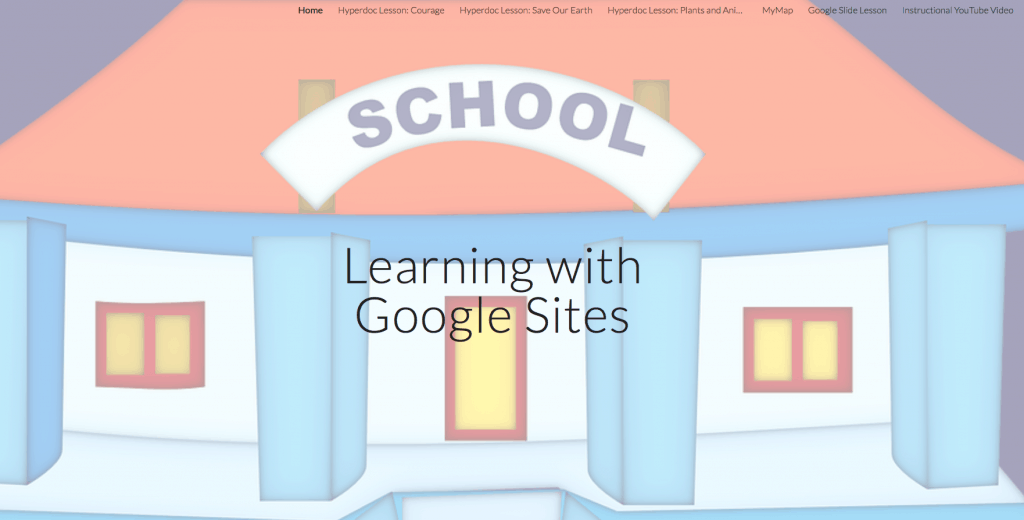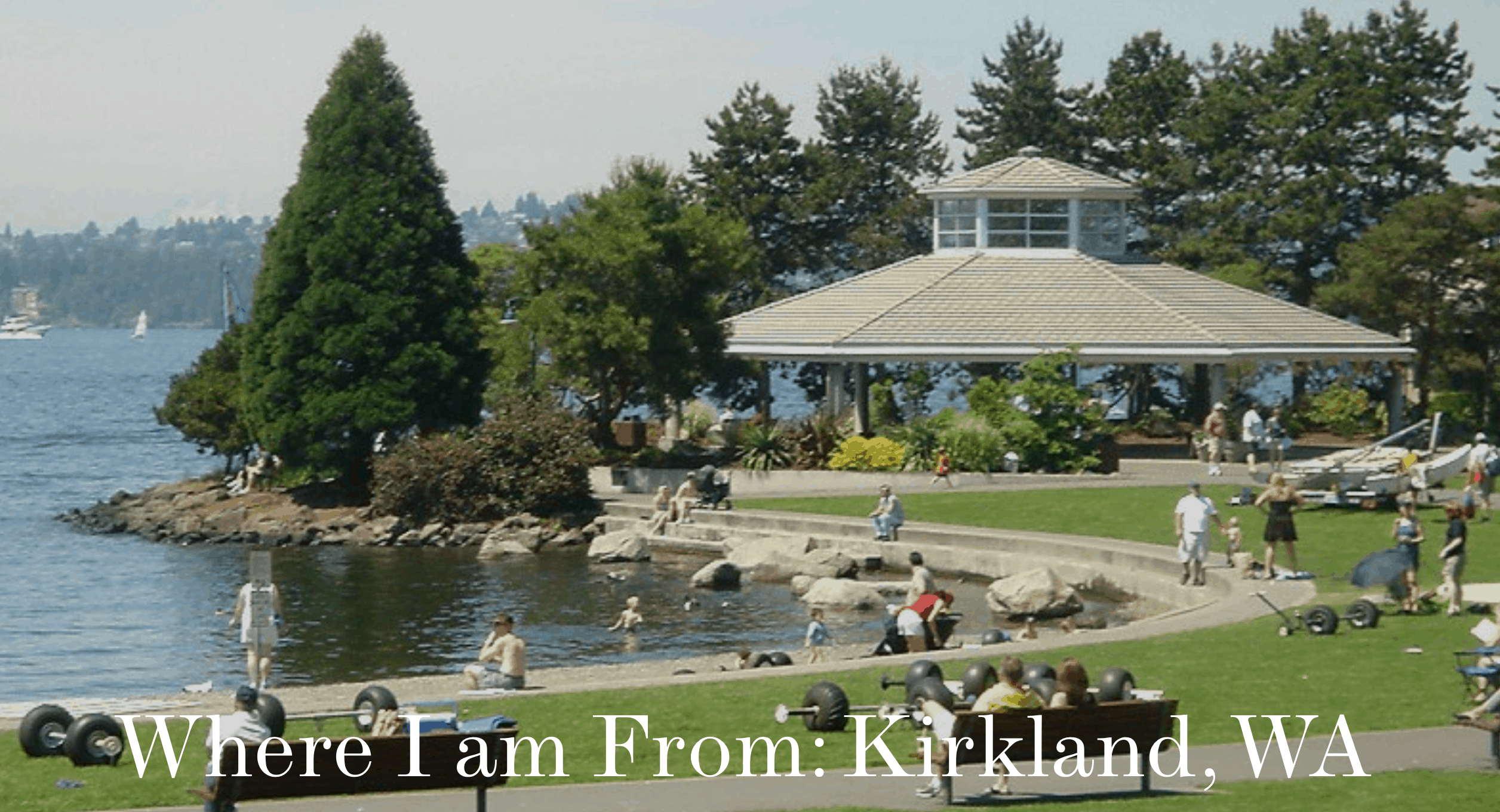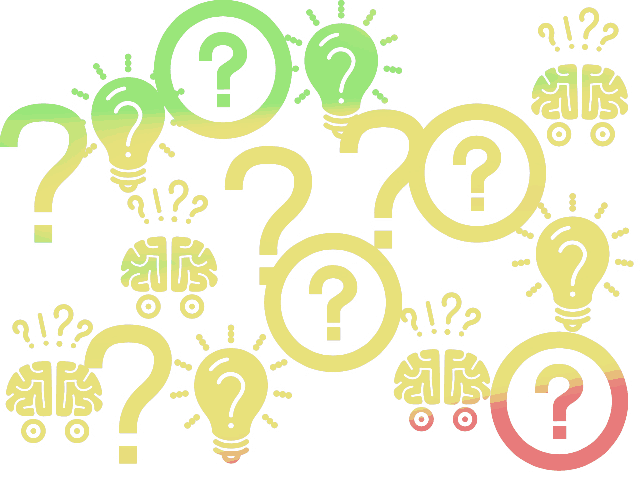- What did you learn about the intersection of technology and instruction? What was your progress on becoming a “tech-savvy” teacher?
- I learned about how sometimes the simplest technology is the most effective when delivering a lesson. Often simple technology enhances student learning but can easily become overwhelming for the teacher and the students. I think everything we learned in this class will greatly benefit me in the future.
- This class was driven by mini-projects instead of test and papers. How did you respond? What does that tell you about student motivation?
- I enjoyed the project oriented method of instruction. With the type of learning that we were doing I prefer to investigate and be more of a hands-on learner, working to understand the technology myself because I don’t listen very well when people try to explain how to use it.
Biomes: the Final Frontier
By Katie and Sydney
Students, in groups of 2-3, will use the ThingLink about the different biomes to fill out information in a Google Doc graphic organizer for 2 biomes. They will then do a Jigsaw sharing method in order to share what they learned with the rest of the class
Activity:
- ThingLink: https://www.thinglink.com/card/1170143186853560321
- GoogleDoc: https://docs.google.com/document/d/1mK8WoN2KIWeiOBw7asLG_eHDzMOjQPnvSUWtx-a0mME/copy?usp=sharing
- target audience
- Middle school Science Class
- subject of lesson
- Biomes
- instructional goal (what do you want students to know or be able to do)
- Learn the identifying characteristics of the 9 biomes that make up the Earth.
- technology being used
- Thinglink and Google Docs
- how technology supports instuctional goal
- The students are able to use ThingLink to explore a world map and see the locations of the different biomes. They then click on the biome and learn about the specific characteristics. Each group of 2-3 students will take notes on the Google Doc for 2 assigned biomes and then share with the class what they learned so the other students can add that information to their Google Doc.
Photosynthesis Song
I chose to use edPuzzle to help gauge student understanding while watching the video on the Photosynthesis Song. I like that the questions pop up as they are going through the video allowing students to recall information that was just presented to them. Questions coming in the form of short answer or multiple choice and the multiple choice can have more than one answer or one singular answer. There is also the option to have comments pop up while watching that can point out important parts of the video.
I could see using this program in a variety of different ways in the classroom in order to gauge student learning.
Walking through the Sistine Chapel using Screen Cast
I like the idea of screen recording to create resources or more of a flipped classroom approach. This year for student teaching I have used QuickTime to screen record various animations to merge some together, that proved to be useful for the students. I could see myself providing lecture videos to create more of a flipped-classroom style class.
Exploring the Book of Genesis in the Sistine Chapel
I enjoyed using ThingLink! I think there are a variety of uses that this will be useful for. Especially in Science letting kids explore and area or a topic.
For my post, I decided to label the main panels of the Sistine Chapel with the name and the corresponding chapters in the Book of Genesis. This could be a fun activity to expose children religious works of art by breaking down the ceiling of the Sistine Chapel into the individual panels.
Where I am from… Now where I am going?

After using both Sway and Adobe Spark to create a pages presentation, I have determined that I like Adobe Spark better.
I think it is intrinsically easier to use, but there is less freedom with what kind of formatting you can do. Formatting isn’t hugely important to me because I think that the way that it is formatted makes it easy to get information without getting bogged down with how it looks.
I think that it can be used as a variety of ways, and possibly even replace PowerPoint in some cases. Students and teachers could use it to create presentations that include photos that they are explaining.
I don’t think it would be that necessary to use Adobe Spark Pages for presentations that were mainly text because this tool is more effective when you have images to look at as well.
Where I am from: Kirkland WA
This Sway show a little about where I am from in Kirkland, WA, where I moved for college, and where I am going now after graduation.
The tool wasn’t super user-friendly but I think that the results are pretty cool
Science Riddles
I used Adobe Spark Post to create a video about science riddles. I think that this is an easy program for kids to use to create a variety of assignments. They can make presentations and movies using free content from the internet or videos/ pictures that they upload themselves. I think that students would enjoy using this as it allows them to be as creative as they want or gives them structure if they need to.
Our Google Site
By Katie and Sydney

This is our introductory Google Site that includes our favorite HyperDoc lessons on Courage, Saving our Planet, and Plants and Animal cells. It also includes some other lessons that we prepared previously such as: a “get-to-know-you” activity about summer vacation or a favorite trip using MyMaps, an activity on “Misconceptions about Evolution” using interactive Google slideshow, and an instructional YouTube Video about photosynthesis.
Google Sites was user friendly and is something that we could see us using in our classroom in the future
Get to Know Me
I chose to make a map of my summer working on a Military Base this summer.
I would use this type of activity to have students map out a favorite vacation that they went on or what they did during the summer. I think that it would be a fun “get to know you” activity for the beginning of the year because it includes pictures and locations.
Misconceptions About Evolution
By Katie and Sydney
This activity could be used in a middle school class to help make students aware of their misconceptions regarding the topic of evolution. This activity would fall at the beginning of a evolution unit, in order for the students and the teacher to have an indication of where students are prior to instruction.
The goal of the activity is to give the students and the teacher an indication of where students are prior to instruction. This activity would fall at the beginning of a evolution unit.
Students would be able to take themselves through the quiz and read the reasoning for each misconception. In order to share the information with the teacher, the students can write down the questions that they struggled with. Allowing teachers to be able to have an idea of what were the commonly missed questions.
Investigating Adaptations
Students will look at the photos and determine beneficial adaptations that help the organism survive, reproduce, or both.
Are they adaptations of function, structure, behavior, or a combination of them?
What purpose do these adaptations serve?
What other chance mutations could each of these species have that would benefit them even more?

The Komodo Dragon by Adhi Rachdian 
Mesosemia lamachus. (Purple-washed Eyed-Metalmark) by gailhampshire 
A Short-Legged Stick Bug by Pavel Kirillov
Image Sources:











